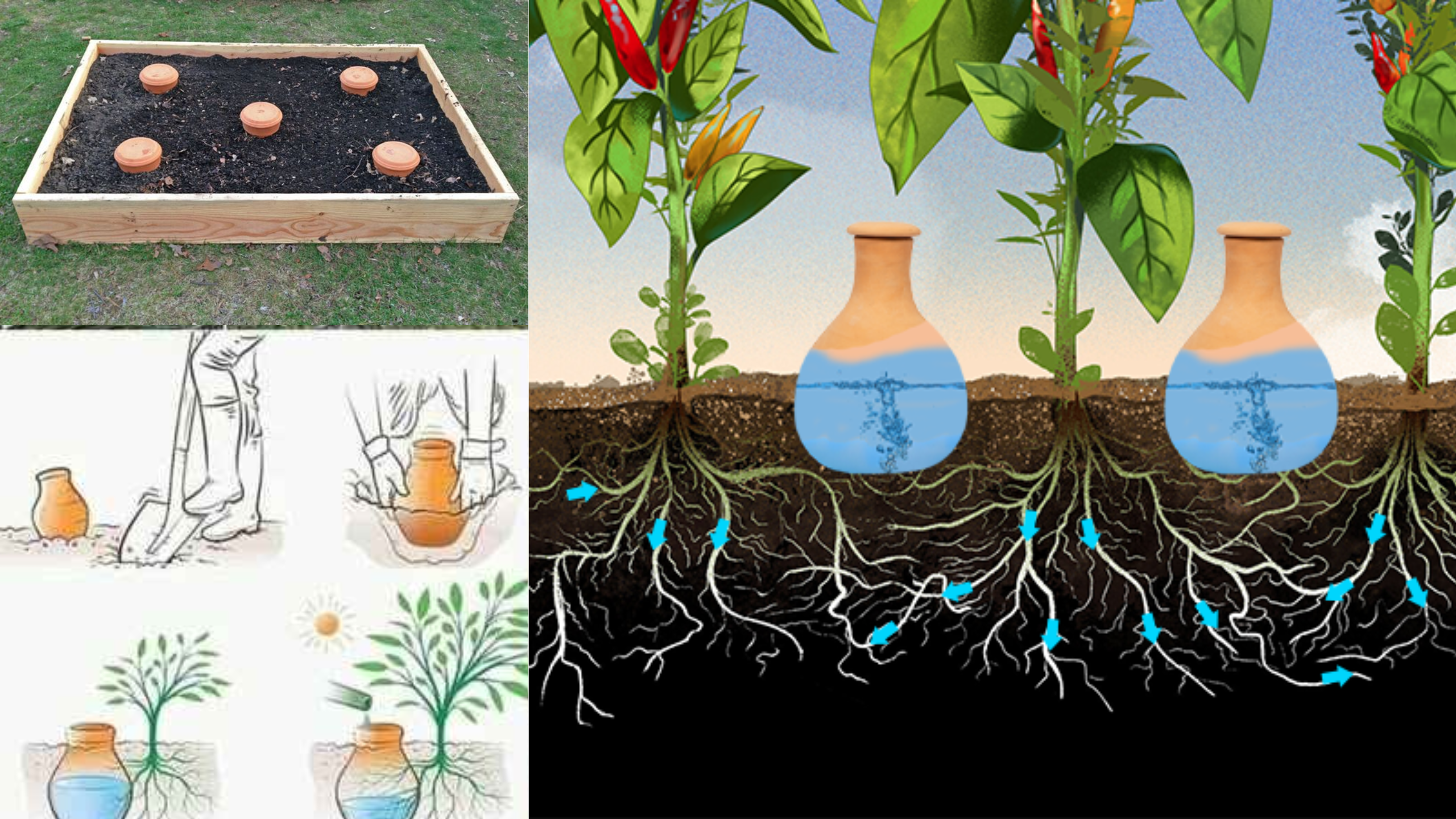Imagine a tool so simple, yet so effective, it’s been used for thousands of years across different civilizations. That tool is the olla — a porous clay pot that quietly and naturally nourishes plants through a slow, steady release of water. Today, more than ever, these ancient pots are gaining recognition as a sustainable and efficient method of irrigation, especially in our efforts to conserve water and grow healthier plants.
The Ancient Roots of Ollas
The story of ollas begins in ancient civilizations like the Aztecs and the Romans. These cultures appreciated the value of water conservation and innovative gardening techniques long before modern irrigation systems appeared. The ancient peoples used unglazed clay pots to store and transport water, taking advantage of the pots’ natural permeability to help water slowly seep into the soil at the roots of their plants.
Over the centuries, this simple device evolved from a primitive tool to a sophisticated method for irrigation. Today, it’s making a comeback as a sustainable, eco-friendly solution for gardeners and farmers who seek efficiency and water conservation.
Why Are Ollas So Effective?
The magic of ollas lies in their ability to deliver water directly to the plant’s roots. Unlike traditional sprinklers or hoses, which often lose water through evaporation or runoff, ollas provide a targeted, slow-release watering method. Here’s what makes them so efficient:
- Minimizes Water Waste: Because water seeps directly into the soil near the roots, much less water evaporates or runs off. This means you use less water for the same, if not better, results.
- Encourages Stronger Plants: Consistent moisture availability helps plants grow healthier, with less stress and better nutrient absorption.
- Reduces Frequency of Watering: Once installed, ollas can maintain soil moisture for several days, reducing the need for frequent watering.
- Ideal for Drought-Prone Areas: Their water-conserving nature makes them perfect in regions where drought or water restrictions challenge traditional gardening methods.
How to Use Ollas in Your Garden
Transforming your garden with ollas is straightforward. Here’s a step-by-step guide to help you incorporate these ancient pots into your modern planting routines:
- Choose the Right Size: Ollas come in various sizes, from small for individual plants to large for large beds. Select the size based on your plant type and garden space.
- Prepare Your Site: Identify where you want to place the olla—near the roots of your plants is ideal. Dig a hole deep enough so the upper rim of the olla sits flush with or slightly below ground level.
- Place the Olla: Set the olla into the hole, ensuring it’s stable and the opening is accessible. Ideally, the top should be level with the soil surface but can be slightly buried to prevent evaporation.
- Fill with Water: Once in place, fill the olla with water. The porous clay will start to release moisture slowly into the surrounding soil.
- Cover and Protect: Cover the top with soil or a small layer of mulch to keep debris out and help reduce evaporation.
- Plant Around: Arrange your plants around the olla, maintaining appropriate spacing. The water will gradually seep into the roots as they grow.
- Monitor and Refill: Check the water level in the olla periodically and refill when necessary. Adjust watering based on plant needs and weather conditions.
Advantages of Using Ollas

Beyond water efficiency, ollas offer many benefits:
- Sustainability: A low-cost, environmentally friendly solution that reduces reliance on electrical or mechanical irrigation systems.
- Accessibility: Perfect for organic or permaculture gardens where minimal intervention is preferred.
- Versatility: Can be used for vegetable gardens, flower beds, and even container plants.
- Educational: A great way to teach children and new gardeners about water conservation and sustainable practices.
Addressing Common Questions
Are ollas difficult to make or maintain?
Not at all. You can buy pre-made ollas or craft your own with unglazed clay pots. They are durable and require minimal maintenance—just ensure they don’t clog with soil or debris, which can be remedied with simple cleaning.
Can ollas work in all climates?
Yes, but in extremely cold climates, you may need to winterize the system or choose specially designed frost-resistant ollas. In hot, dry regions, they can be especially effective.
Is it expensive?
Compared to advanced irrigation systems, ollas are highly affordable. Their longevity and water-saving benefits make them a cost-effective choice in the long run.
Embrace the Wisdom of the Past for a Sustainable Future
Using ollas is more than just an efficient watering method; it’s a nod to ancient wisdom that aligns with modern sustainability goals. Their ability to conserve water, promote healthy plant growth, and reduce dependency on energy-intensive systems makes them an excellent choice for eco-conscious gardeners and farmers.
By integrating ollas into your gardening routine, you’re not only nurturing your plants but also contributing to a more sustainable world. This ancient technique reminds us that sometimes, the simplest solutions can be the most effective.

